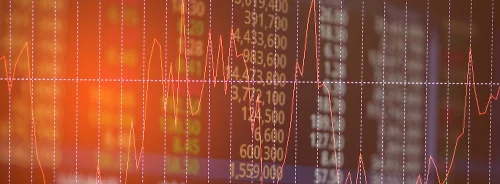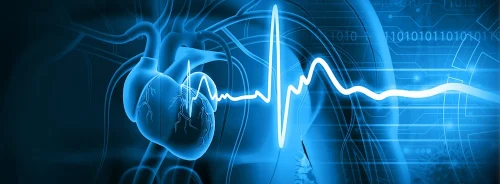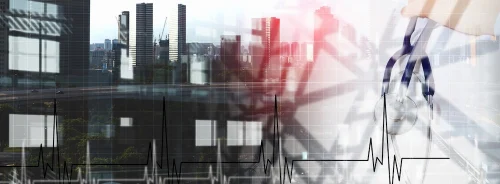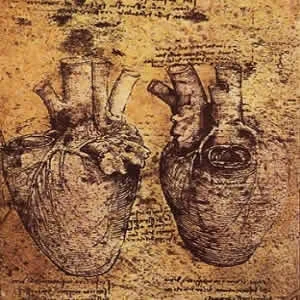Leonardo da Vinci was a famous artist, an engineer, an inventor, and an early modern scientist. Da Vinci's overview of the anatomy and physiology of the heart marks a major transition in the early history of cardiology.
When Leonardo da Vinci was born (around the mid-fifteenth century), most of the understanding of the heart in Europe was derived from the works of Aristotle and Galen, who both had contradictory views, which were synthesised by Avicenna. Not only was the heart's physical structure perceived to be different (some said it was a three-chambered organ), the heart also had a spiritual role in those days. It was believed that it was the heart which safeguarded life and carried our virtue or spiritus.
Da Vinci was involved in many post-mortem examinations of the human body when he apprenticed in the workshop of the sculptor Andrea del Verrocchio. His early work also focused on portrayals of human figures, which at that time, was more from an artistic point of view rather than scientific. But slowly, his interest in anatomy grew and became an independent area of investigation. Da Vinci had a curiously for human morphology and physiology, and he was very motivated to connect the different bodily structures and their functions.
He used his drawings to further explore the human anatomy and the functions of specific organs. The heart, in particular, fascinated him, and he called it an instrumento mirabile, invenzionato dal sommo maestro (a wonderful instrument invented by the Supreme Master).
Most of his initial drawings of the heart were based on the hearts of oxen or pig, but later he got the opportunity to gain access to human cadavers for dissection. In fact, da Vinci is known to be a master of human dissection. It is believed that he had dissected over thirty human bodies during his lifetime.
One such dissection was that of a 100-year-old man. It is believed that this was the first time artery disease was described. Since he had in-depth knowledge of hydrodynamics and anatomy, da Vinci was able to interpret the physical basis of a natural death to the atherosclerosis of old age. He deduced that the thickening of blood vessels caused a reduced supply of blood the heart, which in turn, caused it to dysfunction. Also, it was da Vinci who came up with observations that were in contradiction to the medical theory of that time. He said that the heart had four chambers, two upper and two lower and that there was a functional distinction between the atria and ventricles. He also demonstrated that the heart did not draw air from the lungs. It was also da Vinci who showed that the valves of the heart were critical to its function.
Overall, Leonardo da Vinci's observations about the heart can be deemed as pioneering in the history of cardiology. He authored the first representation of the coronary arteries. He explained the heart fluid dynamics. He predicted the formation of vortices between the aortic valve cusp and the sinus wall.
As we mark the 500th anniversary of this genius, it is safe to say that Leonardo da Vinci was a Renaissance cardiologist. He had all the characteristics of the modern scientist - the curiosity, the inspiration, and the hunger for discovery - 500 years ago.
Source: European Heart Journal
Image Credit: Leonardo da Vinci's drawing of the heart and its blood vessels. Collection: Biblotec Ambrosiona - Wikimedia Commons.
References:
Cambiaghi, M and Hausse H (2019) Leonardo da Vinci and his study of the Heart: A 500-year Anniversary appreciation of a maestro. European Heart Journal, 40(23):1823-1826.
Latest Articles
Cardiology, Leonardo da Vinci, Renaissance cardiologist, artist, scientist
Leonardo da Vinci was a famous artist, an engineer, an inventor, and an early modern scientist. Da Vinci's overview of the anatomy and physiology of the heart marks a major transition in the early history of cardiology.










